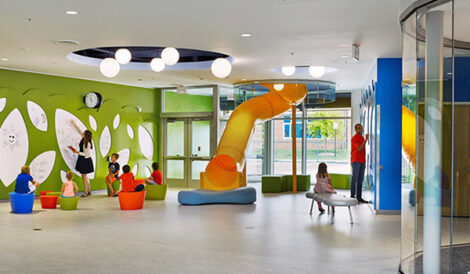Importance of gross and fine motor skills development in early years
Early years are critical in development of gross and fine motor skills
In the first few years of life, children develop gross and fine motor skills. The importance of these skills cannot be underestimated because they are vital for everyday activities such as dressing, eating and going to school.
From birth until about 18 months, babies typically use large movements that involve their entire body. These help them gain control over their body movements before they can start using smaller muscles in the hands and fingers.
Head control is a milestone in baby development, which is important because it lays the foundation for fine motor skills. It also helps babies develop their hand-eye coordination and balance, so they can sit up on their own by 18 months old!
Standing up by 18 months old. At this age, most children can stand up without help from parents or caregivers; however some may still need support until they’re ready to walk alone (around 24 months).
Gross motor skills develop at an early age when a child learns to crawl on all fours , stand up and then walk. These large muscle movements of the trunk (core) and limbs are what enable our body to move freely, which is why they’re called gross motor skills.
Gross motor skills refer to the large muscle movement of the trunk (core) and limbs. It includes activities such as walking, running, jumping and throwing.
The upper part of your body is called the trunk while lower part is called limbs. The two parts work together to perform gross motor skills which include standing up from sitting position, climbing stairs with assistance or walking around room without support.
The following skills are important for proper gross motor development:
Crawling. A baby starts crawling when he or she learns to move from one place to another on all fours, often using his hands and feet as well as other body parts such as his face or chest. This skill helps babies develop better coordination in their limbs, which is important for walking later on.
The following fine motor skills develop at an early age when a child learns how to hold small objects in the hand or manipulate them with fingers; examples include writing letters by 26 months old and cutting shapes into clay at 32 months old.* Holding small objects such as pencils/scissors comfortably.* Using tools like scissors correctly
Gross motor skills refers to those movements that allow us to move our arms and legs freely with no assistance from anything else other than gravity or other muscles around them (e.g., neck movement). Examples include walking or running; jumping; throwing objects such as balls etc., which makes up one part of this category called “sport & recreation”.
Fine motor skills are the small muscle movements of your hands, fingers, toes and feet. They develop from birth and are important for writing neatly and cutting with scissors (for example). These skills can be improved by playing with toys that require fine motor skills such as blocks or puzzles.
Fine motor skills are small muscle movements like those in your hands, fingers, toes and feet. They’re essential for everyday tasks such as writing or tying shoelaces!
It begins with head control and progress to more complex skills such as holding small objects like a pencil or scissors.
Fine motor skills are developed through practice; practicing makes them stronger, so when you see someone who has poor fine motor skills (or even just has issues holding onto things), consider whether there’s something else going on in your child’s life that might be causing them difficulty with this skill set—like maybe they’re tired from all the sports practices at school?
In early childhood, improving fine motor skills is important for writing neatly and cutting with scissors. Writing neatly is important for reading, as well as other school-related activities such as writing stories or completing homework.
Cutting with scissors is also necessary for making crafts and decorations, as well as being able to complete other tasks that require precision in your hands.
Fine motor skills also help children develop their ability to draw pictures by practicing drawing on paper or making collages from magazine cutouts.
With these tips, you can help your child develop their gross motor and fine motor skills. Remember that it’s never too early to start!



